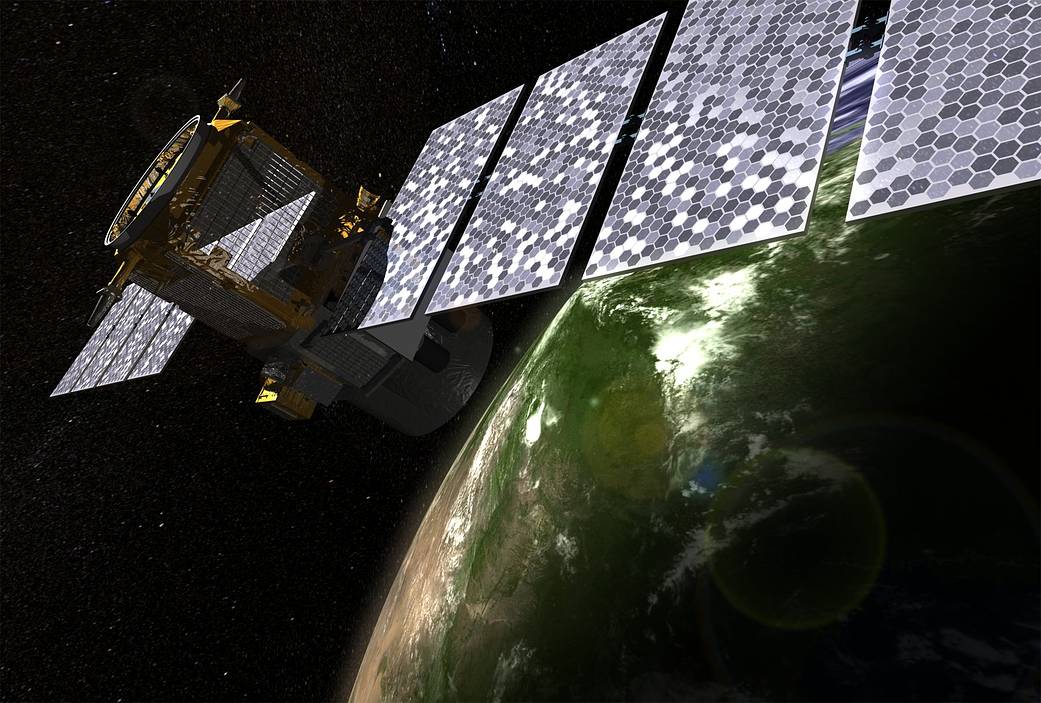Eight years ago, on April 28, 2006, CALIPSO or Cloud-Aerosol Lidar and Infrared Pathfinder Satellite Observations, an Earth-observing environmental satellite, was launched atop a Delta II rocket into a 438-mile (705 km) circular, sun-synchronous polar orbit. It flies in formation at more than 15,000 miles per hour (24,140 kph), along with four other Earth Observing System satellites in NASA’s “A-Train”constellation.
Since operations began in June 2006, CALIPSO has traveled more than 1.2 billion miles (1.93 billion km), orbited the Earth 42,900 times, collected more than 4.6 billion profile measurements and has produced more than 92 Terrabytes of data – that’s comparable to nine printed collections of the Library of Congress. More than 1,000 studies using CALIPSO data have been published to advance our understanding of how clouds and particles suspended in the atmosphere (aerosols) affect climate, weather and air quality.
CALIPSO was developed through collaboration between NASA and the French Space Agency, Centre National d’Etudes Spatiales (CNES). NASA’s Langley Research Center leads the CALIPSO mission and provides project management, science team leadership, systems engineering, payload mission operations, and validation, processing and archiving of data. Langley also developed the lidar instrument in collaboration with the Ball Aerospace and Technologies Corp., which developed the onboard visible camera.
For more information about CALIPSO, please visit: http://www.calipso.larc.nasa.gov.





























